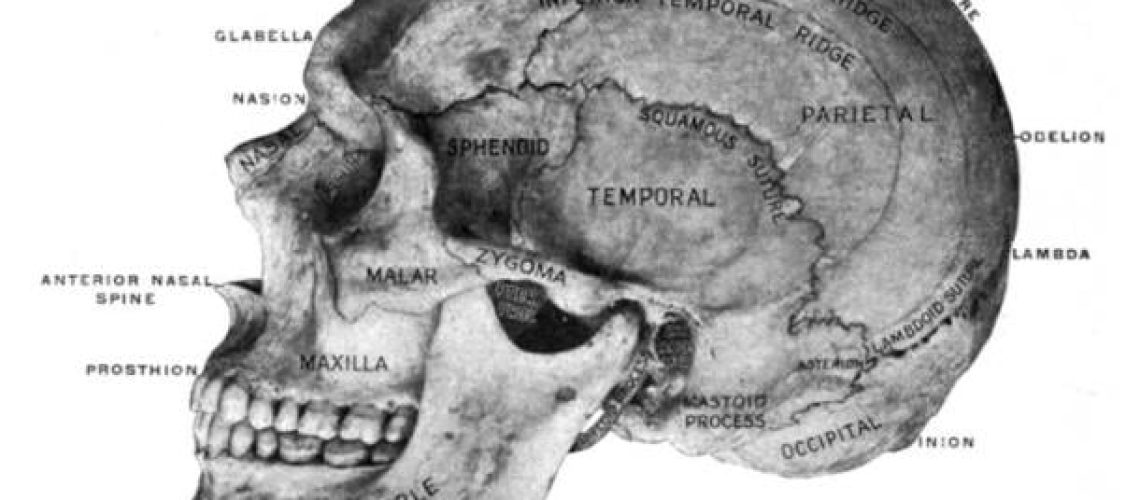
Elise Smith/The Conversation
The recent publication of the University of Edinburgh’s Review of Race and History has drawn attention to its “skull room”: a collection of 1,500 human craniums procured for study in the 19th century.
Craniometry, the study of skull measurements, was widely taught in medical schools across Britain, Europe, and the United States in the 19th and early 20th centuries.
Today, the harmful and racist foundations of craniometry have been discredited. It’s long been proven that the size and shape of the head have no bearing on mental and behavioural traits in either individuals or groups.
In the 19th and early 20th century, however, thousands of skulls were amassed to enable research and instruction in scientific racism. Edinburgh’s skull room is by no means unique.
Unlike phrenology, a popular theory which linked personality traits to bumps on the head, craniometry enjoyed widespread scientific support in the 19th century because it revolved around data collection and statistics.


